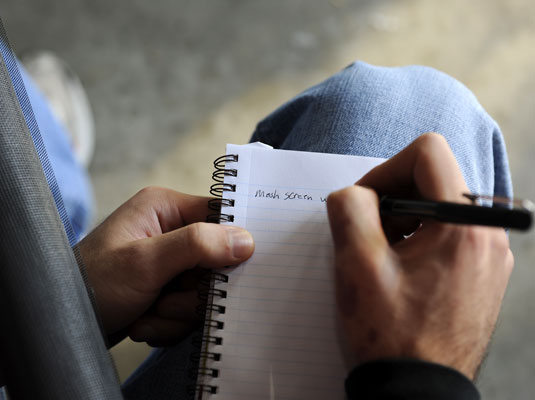The real environmental impact of trash disposal starts when garbage leaves your house and often your consciousness. Much of the energy that created what is now trash comes from nonrenewable sources, so the hidden waste includes the raw materials that went into the production and the costs of packaging, transporting, selling, and storing the items.
The green living ideal is to reduce your trash so much that you produce no waste at all; however, it’s far more practical to focus on reducing your trash as much as you can. Tips for reducing your consumption include:
Buy less.
The best way to reduce waste is to buy fewer things you have to dispose of eventually. Bring into your home only what you really need and know that you’ll use — whether it’s food, clothes, or electrical appliances.
Keep a buying journal.

Record everything you buy for a month or even a week. You may see spending patterns you weren’t aware of. Perhaps you eat take-out food more than you realize or make up for a tough day by buying yourself a new piece of clothing. Recognizing your patterns is often enough to help you break out of them.
Buy quality.
Opt for good quality items over mediocre ones. From the kitchen cupboards to the bedroom closet, buying fewer items of good quality keeps your spending in check and doesn’t overwhelm your storage space. It also ensures that you’re not throwing items out because they’ve worn out prematurely.
Pay attention to packaging.
Bring your own containers and buy food in bulk when you can; choose the product sitting unpackaged in a bin rather than the same thing encased in three layers of plastic. And always bring your own bags to carry your purchases home.

